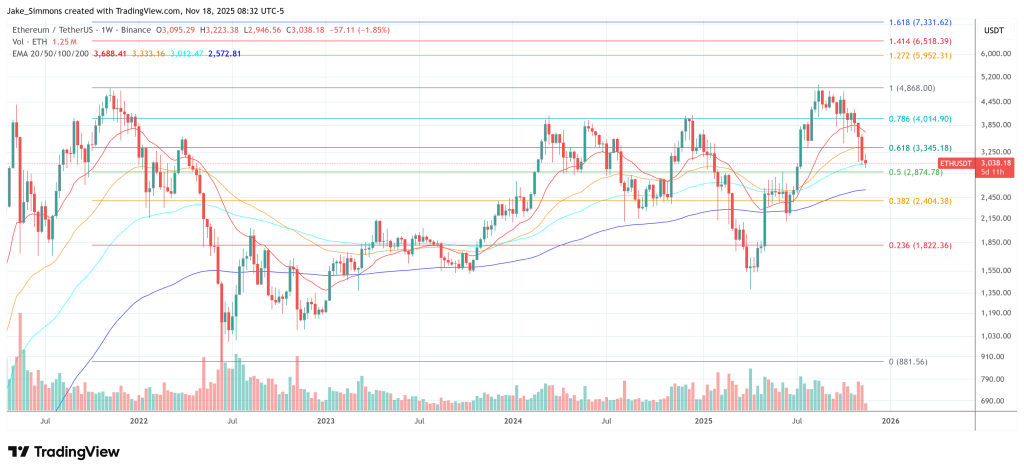How to Tell if a Cryptocurrency Project is a Ponzi Scheme
Introduction
The cryptocurrency market has seen its fair share of scams and fraudulent activities, with Ponzi schemes being one of the most common and damaging types. A Ponzi scheme is a type of investment scam in which returns are paid to existing investors from funds contributed by new investors, rather than from profit earned. The scheme relies on the continuous influx of new investors to provide the funds needed to pay the returns to earlier investors.
Red Flags to Watch Out For
While it can be challenging to identify a Ponzi scheme, there are several red flags that you can look out for to help you avoid getting scammed:
Unregistered or Unlicensed Operations
* Most legitimate cryptocurrency projects are registered with relevant authorities and obtain necessary licenses. If a project is operating without registration or licenses, it may be a red flag.
* Check if the project is registered with the relevant regulatory bodies, such as the Securities and Exchange Commission (SEC) or the Financial Conduct Authority (FCA).
Guaranteed or Abnormally High Returns
* If a project is promising guaranteed or abnormally high returns, it may be a Ponzi scheme. Legitimate investments rarely offer guaranteed returns, and those that do may be too good to be true.
* Be wary of projects that promise unusually high returns, especially if they are not backed by any concrete evidence or research.
Lack of Transparency
* Legitimate cryptocurrency projects are usually transparent about their operations, financials, and team members. If a project is secretive or unwilling to provide information, it may be hiding something.
* Check if the project has a clear and concise whitepaper, roadmap, and financial reports. Look for transparency in their communication channels, such as social media and forums.
Unrealistic Claims or Promises
* Legitimate cryptocurrency projects rarely make unrealistic claims or promises. If a project is claiming to revolutionize the industry or offering unrealistic benefits, it may be a Ponzi scheme.
* Be skeptical of projects that make exaggerated claims or promises, especially if they are not backed by any concrete evidence or research.
Unprofessional or Amateurish Website and Communication
* Legitimate cryptocurrency projects usually have a professional and well-designed website, as well as a clear and concise communication strategy. If a project’s website and communication are unprofessional or amateurish, it may be a red flag.
* Check if the project’s website is well-designed, easy to navigate, and provides clear information about their operations and team members. Look for a clear and concise communication strategy, including social media and forums.
How to Research a Cryptocurrency Project
Before investing in a cryptocurrency project, it’s essential to do your research and due diligence. Here are some steps you can take to research a project:
Read the Whitepaper
* The whitepaper is a crucial document that outlines the project’s goals, technology, and roadmap. It should provide a clear and concise overview of the project’s operations and potential.
* Read the whitepaper carefully and look for any inconsistencies or red flags.
Check Online Reviews and Reputation
* Check online reviews and reputation of the project on reputable platforms, such as CoinMarketCap or Trustpilot.
* Look for any negative reviews or complaints about the project, and research the project’s team members and their reputation.
Verify the Project’s Team Members
* Check the project’s team members and their backgrounds. Legitimate projects usually have a team with relevant experience and expertise in the field.
* Research the team members’ social media profiles and look for any inconsistencies or red flags.
Check the Project’s Financials
* Check the project’s financial reports and statements. Legitimate projects usually provide clear and concise financial reports, including income statements and balance sheets.
* Look for any inconsistencies or red flags in the financial reports.
Conclusion
In conclusion, identifying a Ponzi scheme in the cryptocurrency market can be challenging, but there are several red flags that you can look out for to help you avoid getting scammed. By doing your research and due diligence, you can increase your chances of identifying a legitimate cryptocurrency project and avoiding a Ponzi scheme.
FAQs
Q: What is a Ponzi scheme?
A: A Ponzi scheme is a type of investment scam in which returns are paid to existing investors from funds contributed by new investors, rather than from profit earned.
Q: How can I identify a Ponzi scheme?
A: You can identify a Ponzi scheme by looking for red flags such as unregistered or unlicensed operations, guaranteed or abnormally high returns, lack of transparency, unrealistic claims or promises, and unprofessional or amateurish website and communication.
Q: What should I do if I suspect a cryptocurrency project is a Ponzi scheme?
A: If you suspect a cryptocurrency project is a Ponzi scheme, do not invest and report it to the relevant authorities, such as the SEC or the FCA.
Q: How can I protect myself from Ponzi schemes?
A: You can protect yourself from Ponzi schemes by doing your research and due diligence, verifying the project’s team members and financials, and being cautious of unrealistic claims or promises.
Q: Can I recover my losses if I invest in a Ponzi scheme?
A: It is highly unlikely that you will be able to recover your losses if you invest in a Ponzi scheme. Ponzi schemes are designed to defraud investors, and the funds are usually gone by the time the scheme is exposed.




